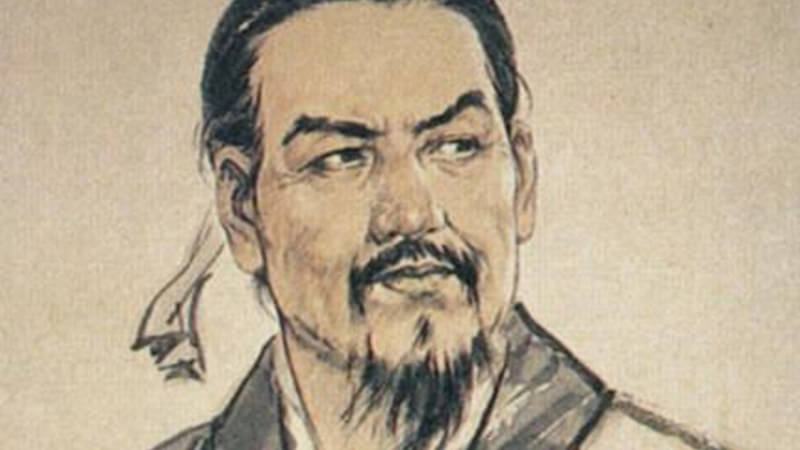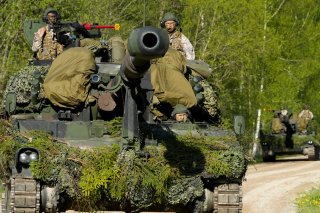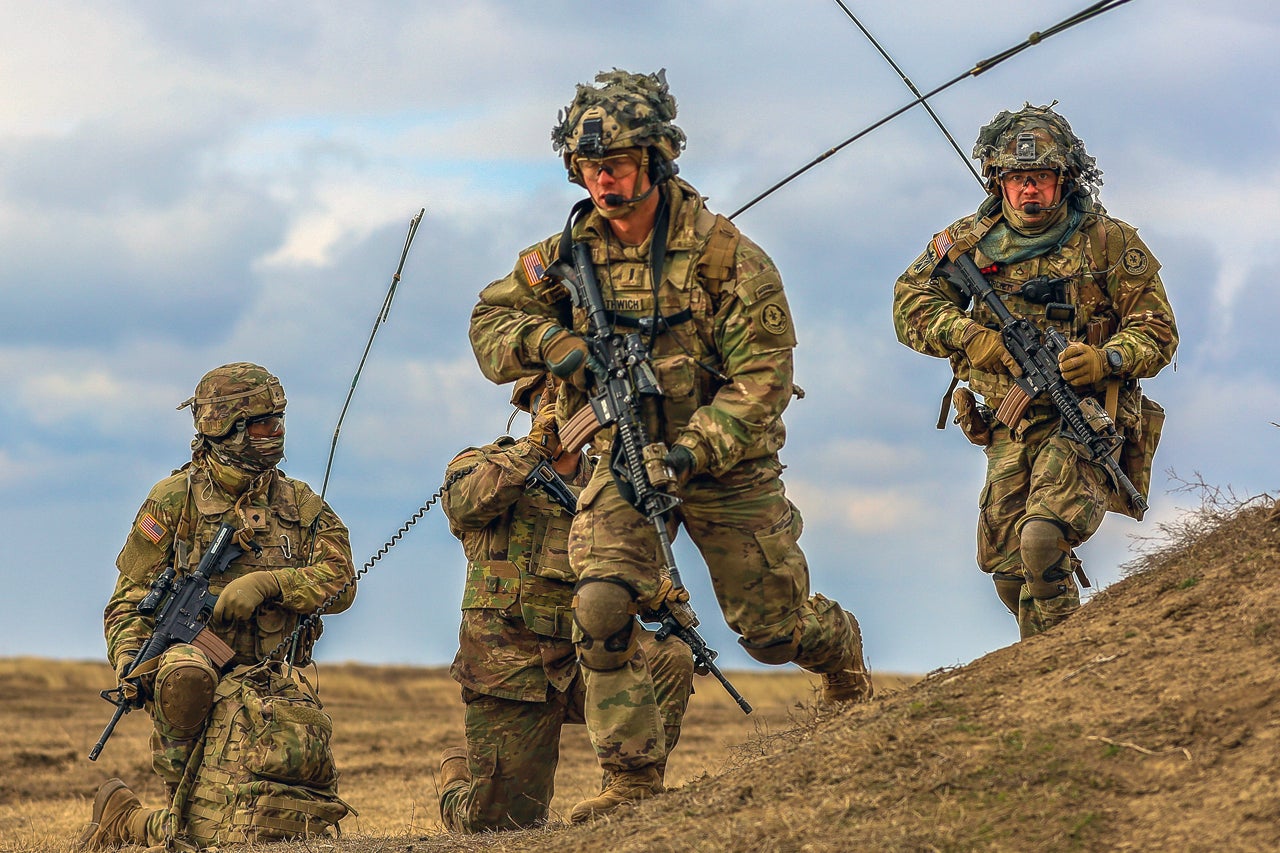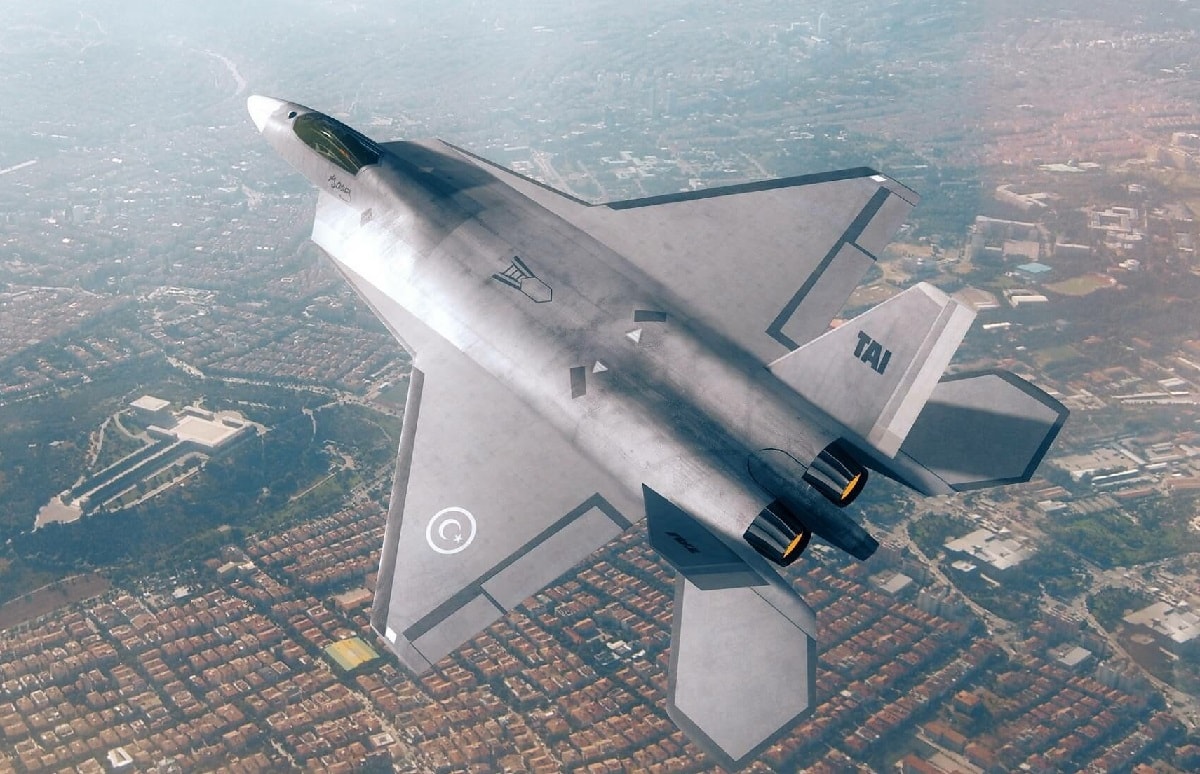Stacie Pettyjohn and Jennie Matuschak
This report examines the nuclear policies and postures of the United States and its three primary nuclear adversaries: China, Russia, and North Korea. It concludes that the world is entering a multipolar nuclear era, which is unprecedented, and far more complex and challenging than the Cold War. The current nuclear order has been gradually shifting over the past decade. Russia remains the United States’ only nuclear peer, but the arms control regime that constrained the superpowers’ nuclear arsenals is disintegrating. Relations between Washington and Moscow have worsened since Russia’s full-scale invasion of Ukraine and Russian President Vladimir Putin’s nuclear saber-rattling. China’s nuclear arsenal is growing in size and sophistication, potentially enabling Beijing to launch conventional attacks behind its nuclear shield. This development will shape both competition among Beijing, Washington, and Moscow and potential future military confrontations. Similarly, North Korea has a small but expanding number of deployed nuclear weapons and is improving its missile technology. In this new nuclear environment, the United States must deter two nuclear-armed great powers as well as a regional nuclear power from launching conventional and nuclear attacks on itself and its allies. As the number of nuclear-armed states grow, interactions become more complex and the risks of miscalculation and misperception increase. The ramifications of this new reality are not well understood, aside from the implication that there is a growing risk that nuclear weapons might be used. The study’s findings have five primary implications for American policy and nuclear posture. To improve strategic stability and enhance deterrence, the United States should take several courses of action.
First, President Joe Biden’s administration should maintain current U.S. declaratory policy and implement existing modernization plans for the U.S. triad and nuclear infrastructure. This is not to suggest that the United States should give up its long-term goal of reducing the role of nuclear weapons in U.S. national strategy. But American leaders must be clear-eyed about the current security environment and aware of the potential repercussions of suddenly changing its nuclear policy and posture in a very dynamic and increasingly dangerous nuclear environment.
Second, the Department of Defense (DoD) should renew its focus on nuclear deterrence as a part of its strategy of integrated deterrence. For several decades, the DoD has focused on deterring conventional or gray zone attacks, but the nuclear shadow falls over all forms of competition and conflict with Russia, China, and North Korea. The Pentagon needs to truly integrate its planning across all levels of conflict and recognize that nuclear considerations shape actions across the entire spectrum.
Third, the United States should take steps to strengthen deterrence and crisis stability against North Korea.
Fourth, the DoD must study escalation risks across a range of conventional and conflict scenarios with China, Russia, and North Korea to understand likely flashpoints and red lines.
Fifth, the United States should pursue strategic dialogues with China and Russia and establish communication links and crisis mechanisms to avoid misperception and inadvertent escalation.
U.S. Nuclear Profile
The United States maintains a large but aging inventory of nuclear delivery systems across the air, land, and undersea domains. For three decades, the United States has deferred modernizing its nuclear weapons or acquiring new delivery systems, and now many of these systems are reaching the end of their planned service lives. As a consequence, the entire triad and nuclear command, control, and communications (NC3) system simultaneously need to be recapitalized.
Nuclear Modernization From 1955–20351
This infographic depicts major U.S. nuclear weapons programs and the three-decade gap in which no major nuclear weapons modernization occurred. It omits efforts to modernize subcomponents of U.S. nuclear weapons (e.g., W76 super-fuze or Minuteman III guidance system) that have improved existing weapons’ performance.
Russian Nuclear Profile
In addition to modernizing traditional nuclear weapons, Putin has publicly highlighted the development of a range of “novel” nuclear delivery systems, including hypersonic weapons, a nuclear-powered cruise missile (Burevestnik), and a nuclear-powered unmanned underwater vehicle (Poseidon).2 Of these, Russia has made the most progress in hypersonics. The Kinzhal air-launched ballistic missile has been deployed since 2018 on MiG-31Ks, while the Avangard hypersonic glide vehicle (HGV) was first deployed in 2019 and two SS-19 (UR-100) regiments are now equipped with it.3 Lagging only slightly behind is the Tsirkon (3M-22, SS-N-33) antiship hypersonic cruise missile intended for ships and submarines, which was successfully tested in 2020 and 2021 and is expected to enter production in 2022. Putin has tied the development of these novel nuclear weapons to the United States’ withdrawal from the Anti-Ballistic Missile Treaty in 2002 and subsequent development of missile defenses.
Russia’s Novel Nuclear Delivery System Development, 1980–20254
For decades, Russia has sought to develop novel nuclear weapons delivery platforms that can defeat American missile defenses, but this effort only made significant progress in the last decade or so.
Chinese Nuclear Profile
Because uncertainty is so great, it is worth considering a range of possible Chinese nuclear futures. Using different starting assumptions, we developed several different cases that varied the starting size of China’s nuclear stockpile and its rate of growth to illustrate the range of potential outcomes.5 These cases should be seen as sketches that lay out the hypothetical contours and illuminate the possible high and low bounds of future Chinese nuclear weapons stockpiles.
For each of these three cases, we consider two different starting conditions—one in which China has the Defense Department’s 2020 estimate of warheads in the low 200s, and the Bulletin of Atomic Scientists’ 2021 estimate of 350 warheads.6 In the lowest case, starting with 220 weapons, China more than doubles its nuclear stockpile to 490 weapons by 2030, and in the high-end case, it reaches 1,120 weapons by 2030. With a 2021 stockpile of 350 warheads, China could have 620 weapons in the low-end case by 2030 and a high-end projection of 1,250 warheads. This analysis suggests that the starting stockpile matters less than Chinese nuclear strategy and its overall international ambitions.
Chinese Nuclear Arsenal Projections 2021–2030
This graph shows projections of Chinese nuclear arsenal size, starting from different 2021 estimates and three different growth rates. These are based on our estimates and the cases developed for this paper.
North Korean Nuclear Profile
North Korean leader Kim Jong Un’s goals and plans for North Korea’s nuclear program have been remarkably consistent and transparent. At the Eighth Workers Congress in 2020, Kim laid out a series of next steps for the Democratic People’s Republic of Korea’s (DPRK) nuclear program, and he has since realized most of these milestones.7 Nevertheless, there is more uncertainty about North Korea’s current nuclear capabilities and its ability to produce fissile material, so we outline four potential cases that consider four plausible growth rates.
In the lowest case, we assume that Pyongyang can only produce enough fissile material for two additional warheads a year. This may be due to setbacks in its nuclear production capacity or the lack of resources to devote to the nuclear weapons program, perhaps caused by harsher international sanctions. In the second case, we take renowned North Korean nuclear expert Sigfried Hecker’s projection that Pyongyang can produce enough fissile material for six warheads a year.8 The third case uses the 2017 Defense Intelligence Agency estimate that North Korea could produce 12 warheads a year, while the fourth case assumes a very high rate of production of 18 warheads a year.9 This high-end case supposes that Pyongyang has a much larger secret nuclear production program, that it has mastered this process, and that its production does not experience significant interruptions.
We present these four cases using two different starting positions—40 nuclear warheads, which is the low-end Bulletin of Atomic Scientists estimate, and 50 warheads as a high-end estimate. In the most pessimistic case where North Korea starts with 40 nuclear weapons and can only add two per year, it would have 58 warheads by 2030. This 2030 estimate increases to 94 if Pyongyang can produce six weapons a year, and 148 if it can produce 12 a year.
North Korean Nuclear Arsenal Size Projections 2021–2030
This graph shows projections of North Korea's nuclear arsenal size, starting form different 2021 estimates and four different growth rates. These are based on our estimates and the cases developed for this paper.
Country Comparison
Comparing the nuclear stockpiles of the four countries in 2021 leads to one stark conclusion: Russia and the United States are in a different class than China and North Korea. The U.S. and Russian nuclear arsenals are roughly 10 times the size of China’s modest stockpile and 100 times the size of North Korea’s embryonic stores.
American, Russian, Chinese, and North Korean Nuclear Warheads in 2021 10
This graph depicts the estimated number of nuclear warheads that the United States, Russia, China, and North Korea have in 2021. The Bulletin of Atomic Scientists estimates that North Korea could have enough fissile material to produce 40 to 50 simple warheads. This chart depicts 40.
One snapshot, however, does not capture the overarching trends. When comparing projections for warhead stockpiles from 2021 until 2030, it is apparent that, even with no further deployments on their parts, the United States and Russia remain head and shoulders above a growing China and North Korea. Only in the medium and high cases is China approaching the number of deployed
U.S. and Russian warheads, but both Washington and Moscow will likely retain their large reserve stockpiles that they could actively deploy if not constrained by a new arms control deal after the New START treaty expires in 2026. At the same time, both China and North Korea are significantly expanding their current nuclear capacity. In the medium or high cases, China could deploy a nuclear force that is 50 to 70 percent of the size of the current deployed nuclear arsenal of the United States. Nevertheless, if China is on track to have around 1,000 nuclear warheads and significantly improved delivery systems by 2030, it has reached a point where it needs to become a larger factor in U.S. strategic planning. While the DPRK’s inventory is small compared to what the three superpowers will likely have in 2030, it is likely large enough to deter attacks and to be employed as a coercive tool, if not for warfighting.
For the first time, the United States faces two nuclear-armed great powers as well as a nuclear-armed regional adversary that it seeks to deter from attacking not only the U.S. homeland, but also its allies. Although the fundamental tenets of deterrence and tools like arms control remain unchanged, the current and future situation is more complex and challenging than the Cold War. Multiple nuclear powers complicate the calculus of how much and what is needed to deter, increase the risk of miscommunication and misperception, and reduce the likelihood of multilateral cooperation.
American, Russian, Chinese, and North Korean Nuclear Warhead Stockpile Projections: 2021–2030
This graph assumes the American and Russian stockpiles remain static and uses the medium cases for China (start at 350 plus 70 weapons a year) and North Korea (start at 40 plus six weapons a year).(Derived from CNAS analysis detailed earlier in the paper.)
Launcher Comparison
Another key area to look for similarities and differences is in each country’s launcher inventories. All four nations are heavily invested in the ground-based leg of the triad. There are more differences in the undersea leg of the triad. Because the U.S. Navy operates Ohio-class nuclear ballistic missile submarines (SSBNs), each of which carries 20 submarine-launched ballistic missiles (SLBMs), the United States has the largest number of undersea-launched nuclear weapons. Russia’s 11 SSBNs can carry only 176 SLBMs, and China’s six Jin-class submarines can hold 72 SLBMs.11 The air leg of the triad also reveals significant differences between the nuclear great powers and the smaller nuclear-armed states. While the United States and Russia have a similar number of strategic bombers, 62 and 68 respectively, it is estimated that China only has four H-6N bombers, although that number almost certainly will increase.12
American, Russian, and Chinese Strategic Warheads by Domain (Left) and American, Russian, and Chinese Strategic Launchers (Right)13
These charts show the number of strategic delivery platforms and nuclear warheads by domain for the United States, Russia, and China in 2021. The American and Russian numbers only include strategic delivery platforms, while the Chinese warheads include nonstrategic systems such as MRBMs and IRBMs. The charts omit North Korea given the uncertainties about its inventories.
This comparison drives home that the nations have different strategies for ensuring their second-strike capability. The United States has invested heavily in the undersea leg of its triad, which is relied on for its survivability in the wake of an enemy first strike. While Russia also has a capable SSBN force, it appears to be relying mainly on the mobility of its newer intercontinental ballistic missiles (ICBMs) to secure its second-strike capability. China, meanwhile, has long been vulnerable to disarming first strikes by either Russia or the United States. Their remedy to this mainly has been to field mobile ICBMs, although they are also seeking to put to sea a more robust fleet of SSBNs as well as bombers.14
This comparative assessment makes it clear that while China and North Korea are making great strides in their nuclear arsenals, the United States and Russia remain in a league of their own and will continue to be so for the foreseeable future. There are notable asymmetries between these different countries’ nuclear postures. It is important to recognize differences, but that does not necessarily translate into strengths or weaknesses. The United States should not seek to mirror its rivals’ nuclear capabilities, but instead should consider how to take advantage of American strengths to exploit its rivals’ weaknesses. Additional assessments are required to understand the implications of these differences, but comparisons are likely to be more difficult because the United States cannot simply focus on Russia and assume that any other nuclear rivals are lesser included cases. Instead, U.S. officials need to carefully think through what it takes to bolster stability and strengthen deterrence against each rival individually, and then collectively what that amounts to.
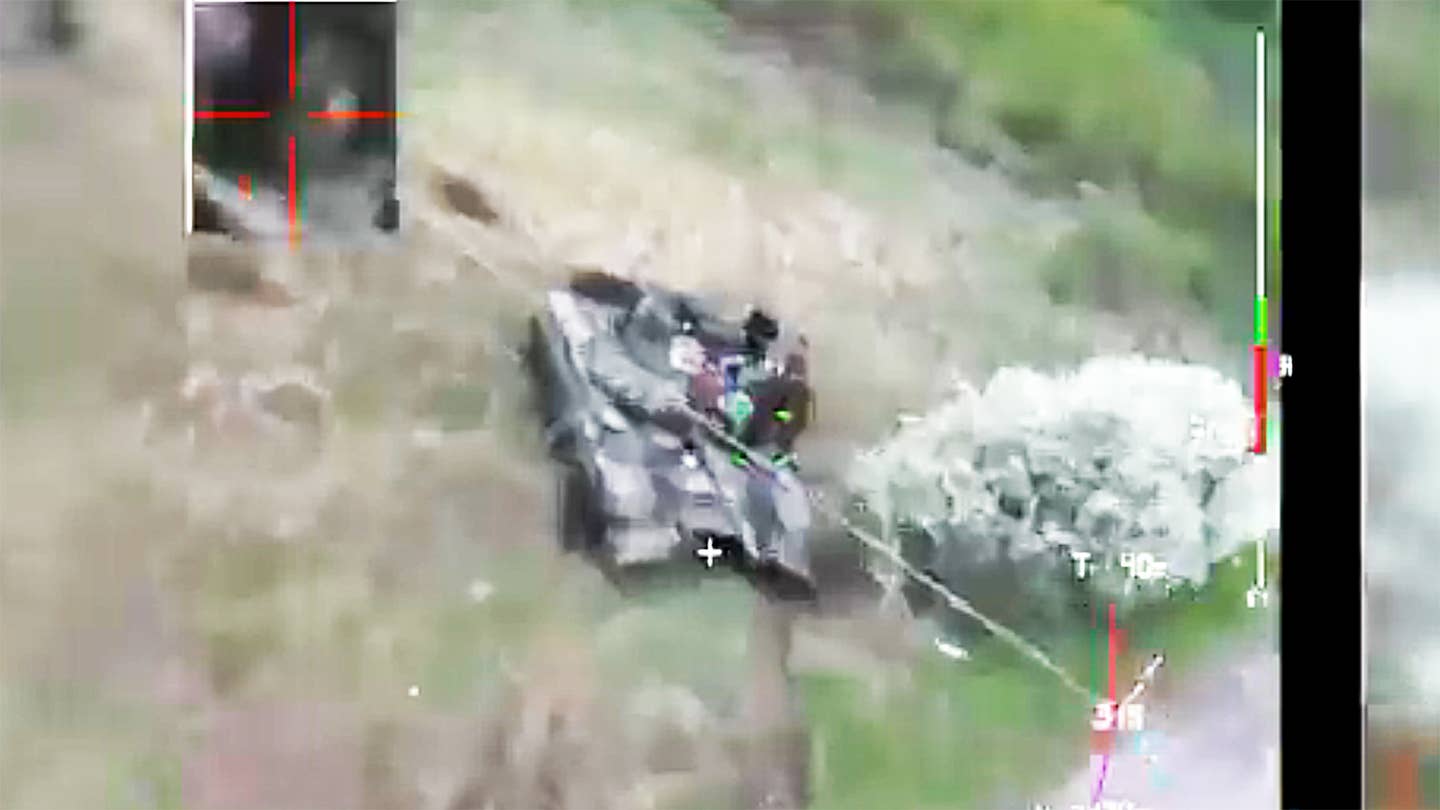
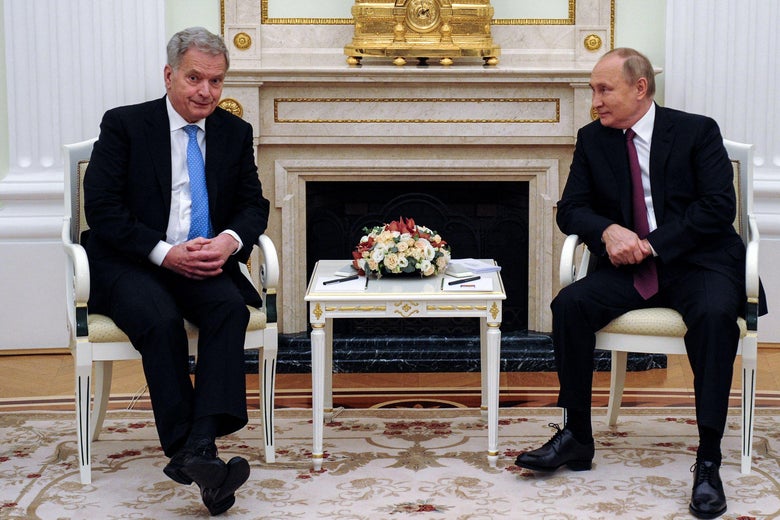
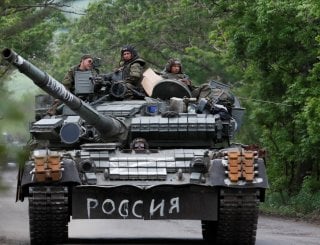





 R
R